House renovations can be overwhelming, especially with the never-ending decision-making cycle. While in the middle of discussing your new roof, you suddenly realize that vertically-installed soffits might look good with your house's exterior. But, is it possible to install soffit lengthwise? We've researched to answer this question for you.
Soffits should be cut into pieces, proportional to their width and interlocked together -not installed lengthwise. Properly positioned soffits will lay in place. Properly positioned soffits will lay in place instead of nailing it in, requiring center joints support and special maintenance due to its high risk.
The soffit must suit your house in both functionality, practicality, and aesthetically. It should provide additional protection and ventilation, help conserve energy, and complement the design. Keep reading this article to learn more about comparing various materials, benefits, and properties of soffits. We might also have the answer to any lingering questions you have in mind.
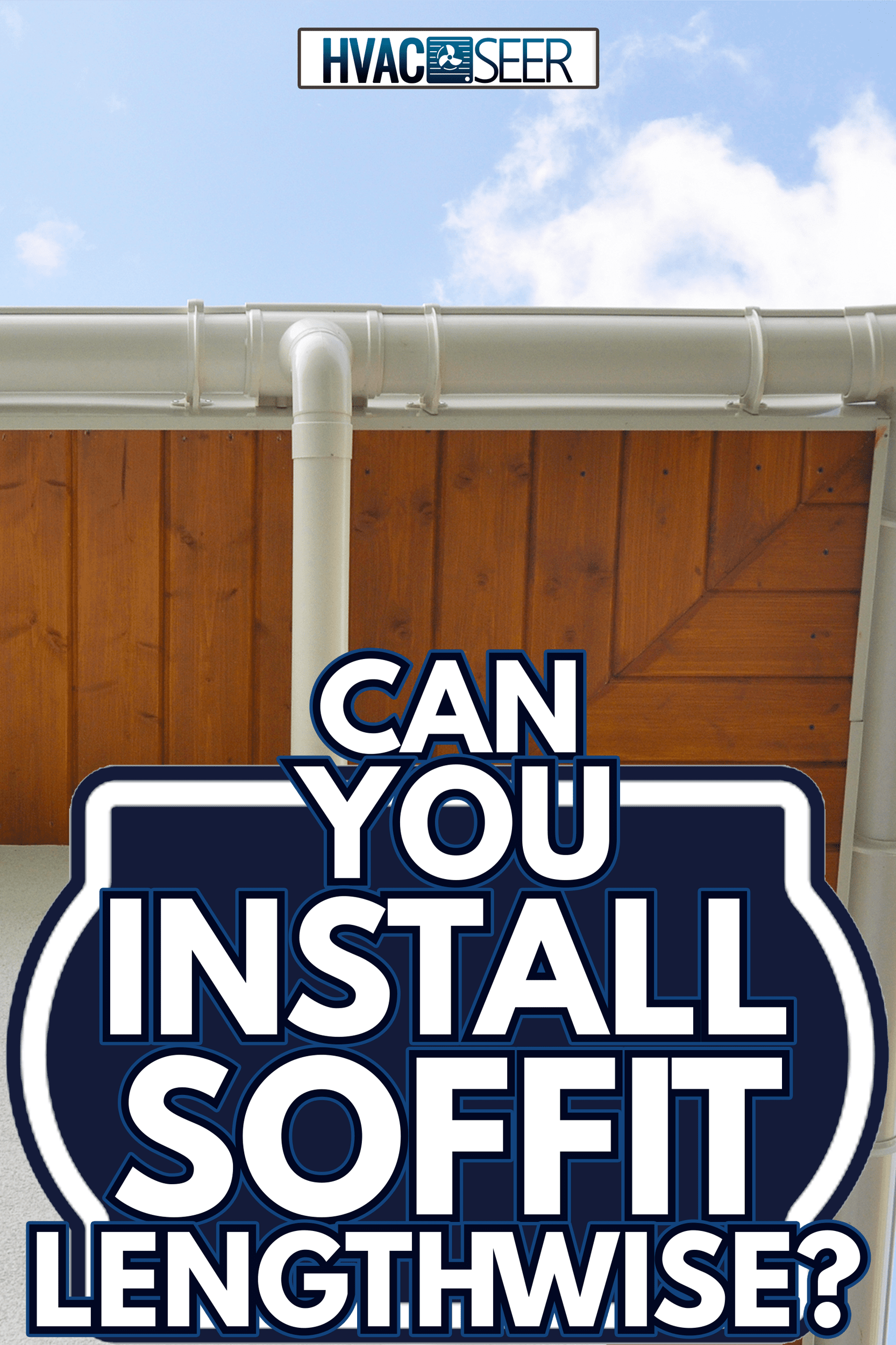
What Are The Different Styles of Soffits?

According to Renovation-Headquarters, there are two soffit options: solid and vented. Choose the style that matches your preference and meets your ventilation needs.
- Vented styles are convenient because they already have a pre-cut vent built-in, thus eliminating the tedious job of measuring and properly spacing your vents.
- Solid styles give you the freedom to create a venting system to provide the ideal air circulation tailored to your liking.
Whichever style you choose, you need to ensure that this releases the warm, moist air out of your attic; otherwise, it could severely damage your roofs and rafters.
What Are The Different Soffit Materials?
Vinyl Soffits
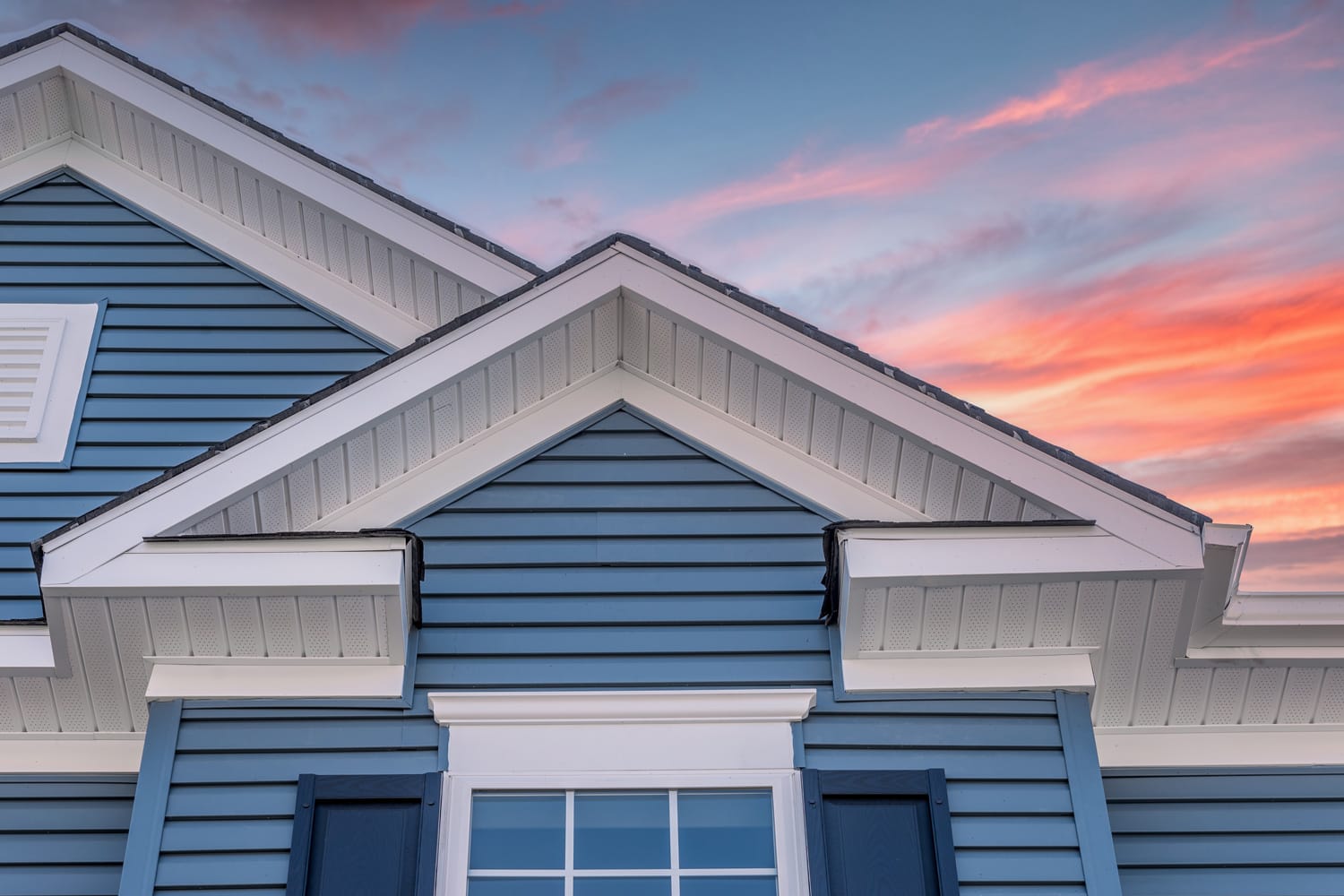
Vinyl soffit is an affordable construction material designed to replicate wooden finishes. It is available in various colors, textures, and grains for a customizable look.
Pros of Vinyl Soffits
- High durability: not brittle and does not crack easily if not constantly exposed to heat
- High impact resistance
- Water-resistant
- Good insulator
- Inexpensive
Cons of Vinyl Soffits
- Low aesthetic value
- Discoloration or brittleness occurs if exposed to excessive temperatures
- If not properly vented, it can develop mold
Aluminum Soffits

Aluminum soffit is a lightweight, easy to handle, expensive material perfect for earmarked spaces. It is more favored for its long-term value and aesthetic.
Pros of Aluminum Soffits
- Non-combustible and can also slow down fire progression
- Rust-resistance: not affected by water damage, making it perfect for coastal areas
- Low maintenance
- Malleable: makes it easier to install, allowing sharp bends, thus creating a more airtight seal.
- Aesthetically Pleasing
Cons of Aluminum Soffits
- Aluminum soffits are more expensive, plus higher risk of damage means higher insurance rates.
- Poor insulation
- Aluminum soffits are fragile, easy to dent under force, and weak under adverse weather conditions.
Steel Soffits
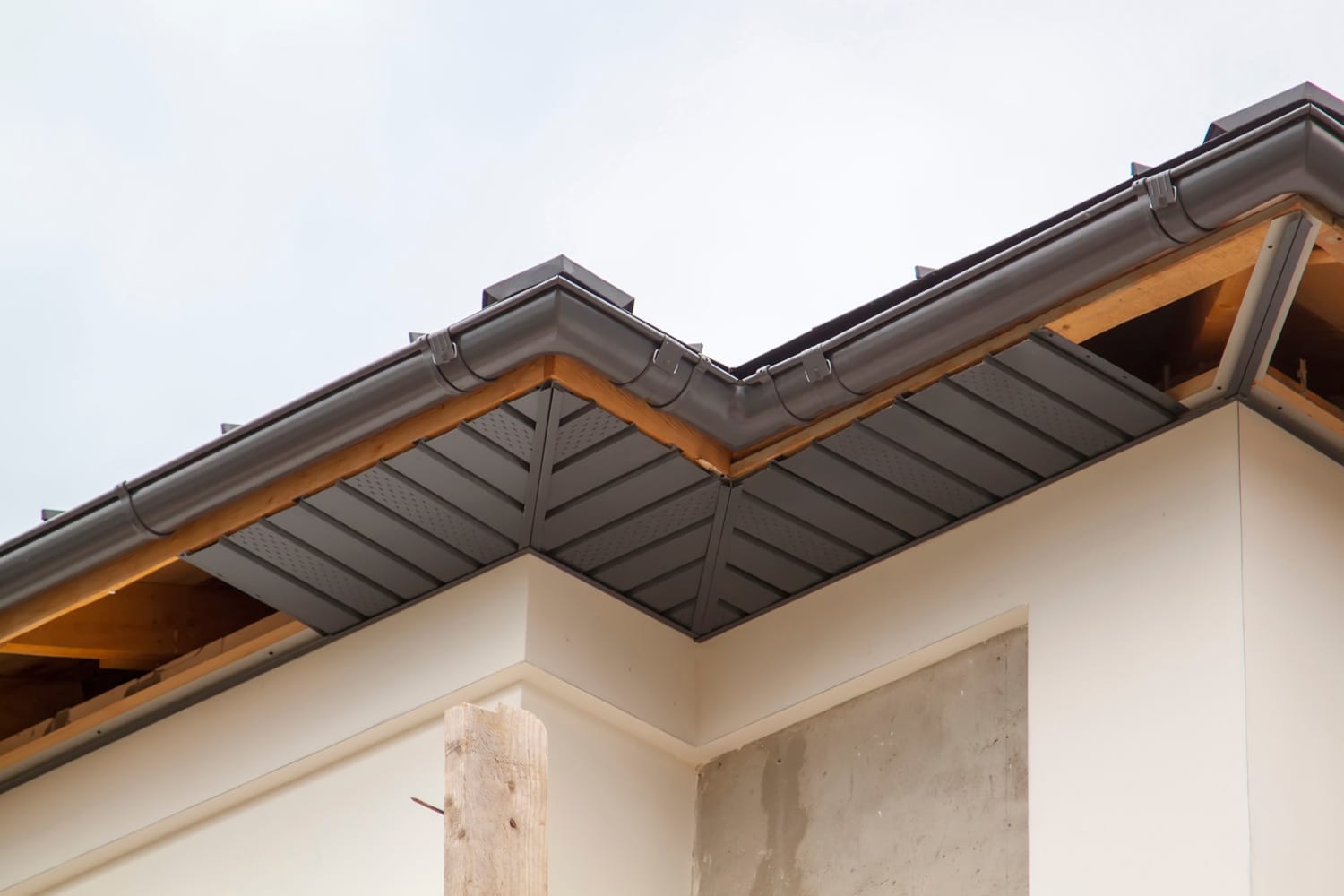
Manufacturers make steel soffits from galvanized steel protected with primer and topcoat paints. It is new on the market but effectively competes with wood and plastic soffits.
Pros of Steel Soffits
- High aesthetic value
- Versatile
- High durability with higher resistance to mechanical damage like scratches
- Cheaper compared to aluminum soffits
- Low maintenance
- Non-combustible
- Recyclable
Cons of Steel Soffits
- Longer manufacturing waiting time
- Areas with no protective coating are susceptible to corrosion
Wood Soffits
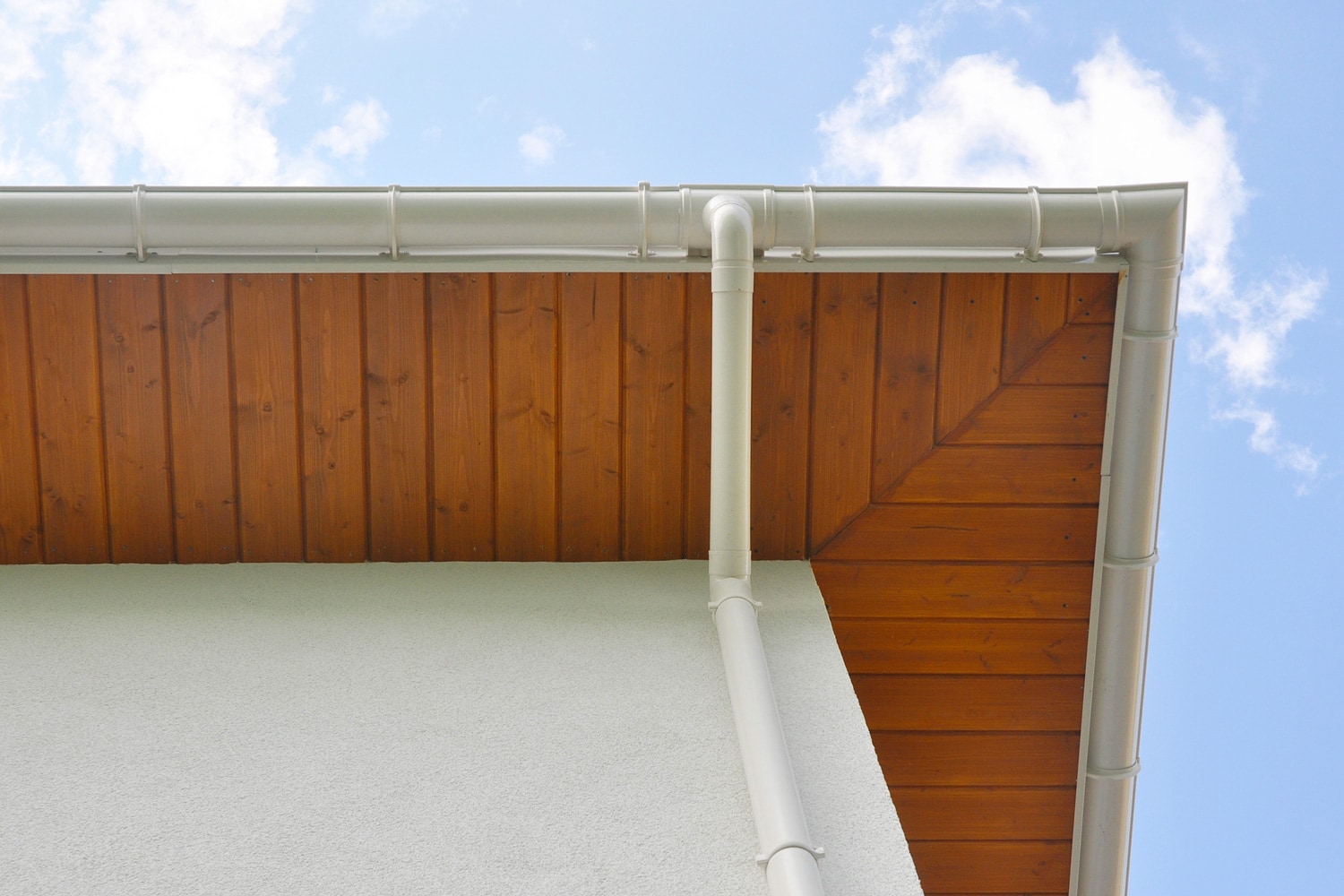
People often use wooden soffits in classic houses with decorative wood elements. They can easily trim it with any standard woodworking tools and equipment.
Pros of Wood Soffits
- Customizable
- Versatile
- Eco-friendly material
- Resistance to deformation
- Aesthetically pleasing
Cons of Wood Soffits
- Expensive for both the material and the installation
- Time-consuming installation
- Susceptible to rot but can be avoided with preparation and planning
- High maintenance
Engineered Wood Soffits
Engineered wood soffits offer the same functionalities but with less maintenance. Manufacturers make this soffit type with wood strands coated with industrial-grade binders and resin.
Pros of Engineered Soffits
- Sustainable
- Stronger than ordinary lumber
- Resistance to warping or splitting
Cons of Engineered Soffits
- Less aesthetically pleasing due to visible wooden strips
- Can be more expensive than normal wood soffits
Fiber Cement Soffits
Fiber cement soffits are a durable, cost-effective option made from wood pulp and Portland cement. These can be molded to replicate materials and textures like stucco and wood. Here are the pros and cons of fiber cement soffits.
Pros of Fiber Cement Soffits
- Eco-friendly and sustainable
- Customizable
- Water, insect, and decay resistant
- Ability to withstand various temperatures, especially the cold
- Non-flammable
- Low maintenance
Cons of Fiber Cement Soffits
- Not available for direct order: manufacturers don't accommodate small and medium-sized lot purchases meaning homeowners have to buy from local retailers or contractors at a higher price.
- Higher labor cost
- Non-recyclable
- Poor insulation
- Low compatibility due to its weight mixed with cement may weigh down your house's walls and foundation. This product contributes 300 pounds of weight for every 100 square feet installed.
- Fiber cement has limited availability in some communities, especially in rural areas. Some areas may even have little expertise and access to this material due to its costly shipping expenses.
Prefinished Soffits

Prefinished soffits are coated with a special primer that allows them to expand and contract with the surface to avoid peeling, cracking, and losing paint over time. It offers acrylic technology for greater protection and is often paired with excellent warranties.
Pros of Prefinished Soffits
- Versatile
- Customizable
- Low maintenance
- Long-lasting
Cons of Prefinished Soffits
- Expensive due to its convenience of not needing to prime and paint, and excellent quality
How To Choose The Best Soffits?
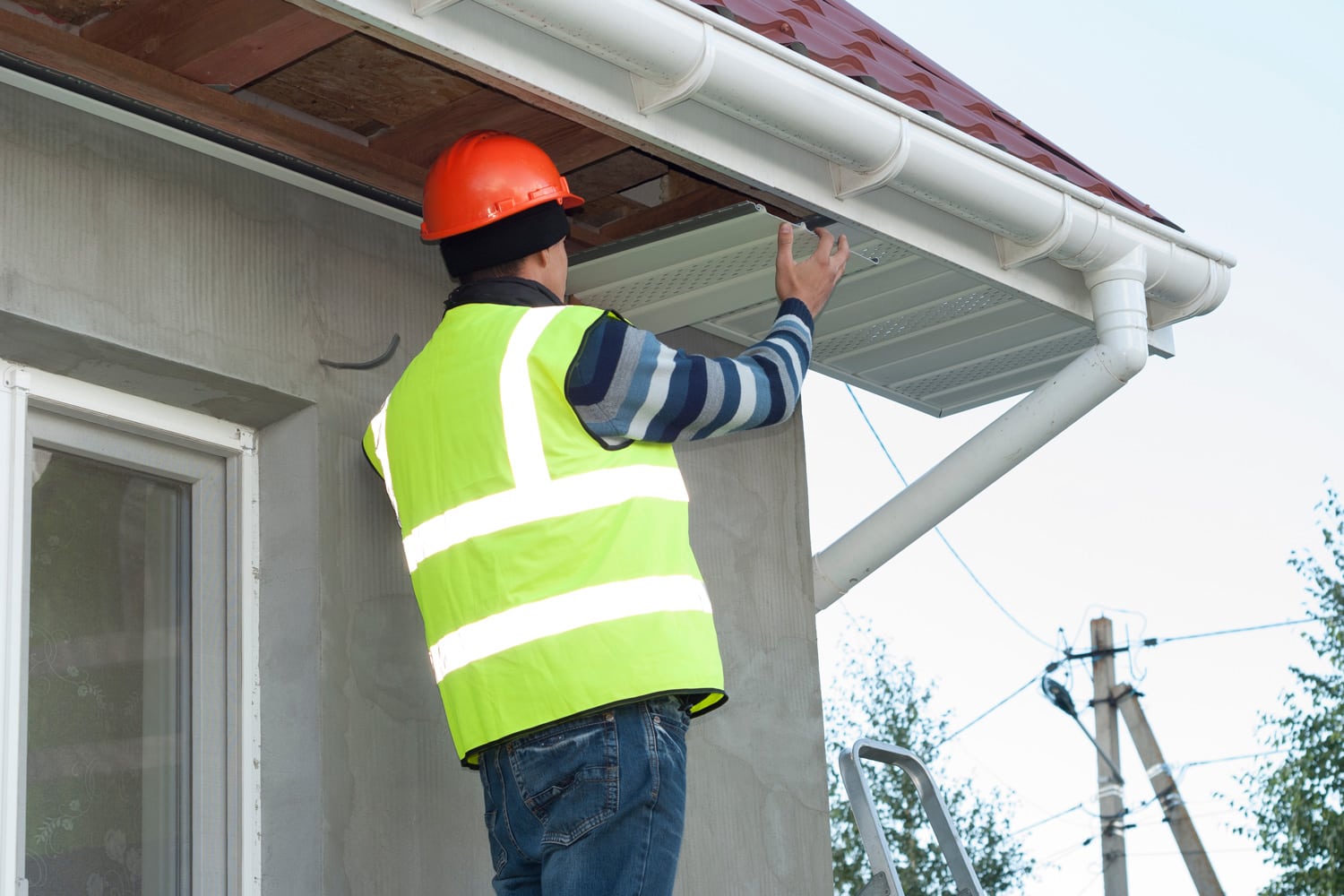
Please consult your contractor rather than deciding on your own; they will give you options that cater to your house's needs considering your ideas. Invest in good quality material and services, and choose the soffit that provides your home with the most significant security.
How to Maintain Soffits
Keep your roof and home structurally sound by inspecting and maintaining your soffits. Follow these simple tips below to ensure you prolong your soffit's lifespan.
- Regularly check for insects on your soffits. This problem can be easily solved by bugs spray, but hire a professional for nest removal for extensive insect problems.
- Inspect your soffits for rot, peeling paint, or other signs of weather-related problems, and replace and seal as needed.
- Ensure soffits are sealed and caulked to prevent moisture damage.
- For mold or mildew on your soffit, clean it off using the methods and products recommended by the manufacturer. You can also use a soft brush or broom and bleach and water cleaning solution.
Can You Install New Soffit Over Old?
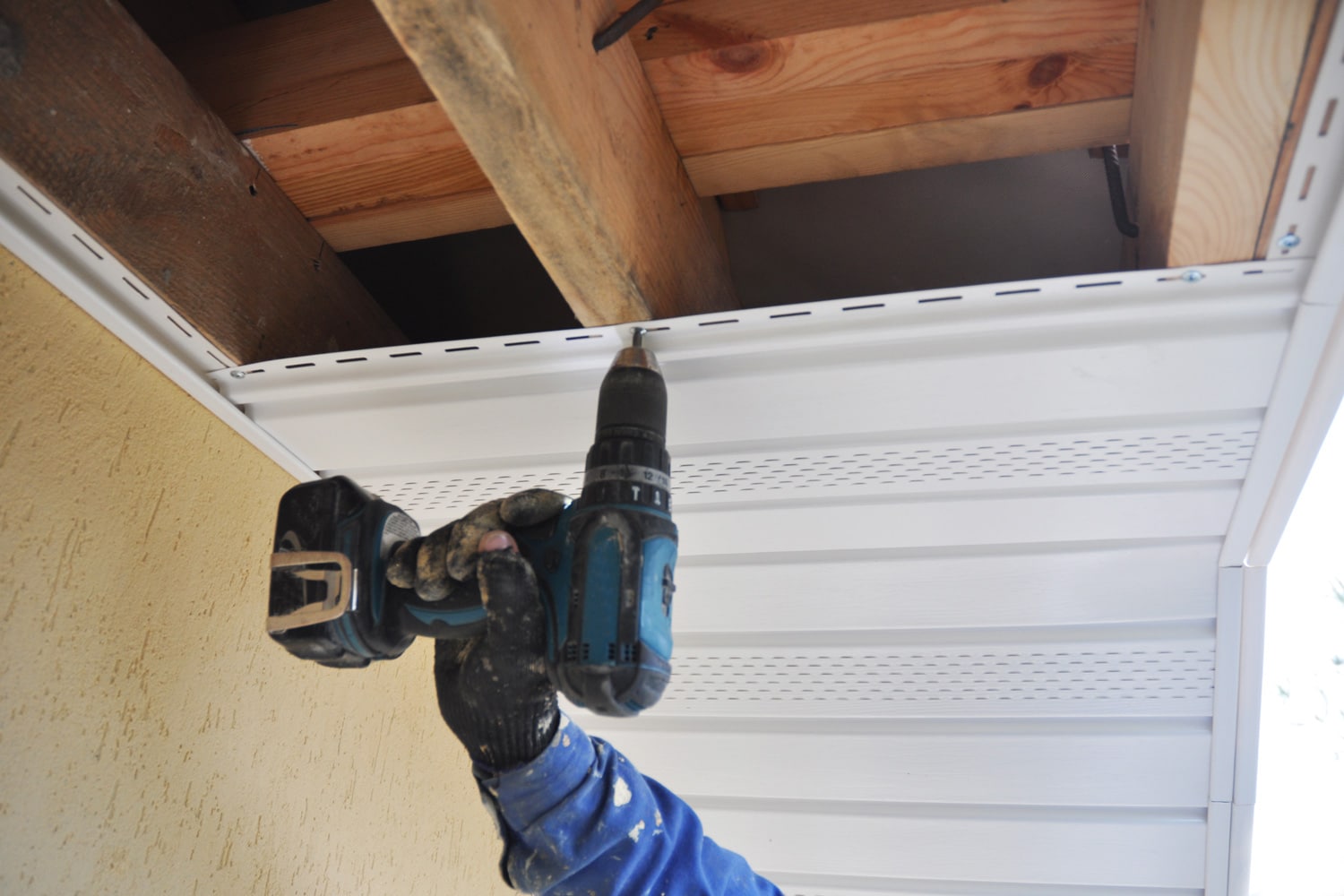
Most homes that undergo renovations have new soffits installed over old sets. However, the original underlayer would need to be in a good state before proceeding with this plan. If there are rotten parts, they should be cut and replaced, then apply the primer for extra protection.
You must also ensure that there's adequate ventilation in the attic. The proper amount of ventilation should vary depending on the size of the attic and the location's climate. Although some manufacturers and homeowners opt to make siding perforations, this is considered standard practice and sufficient for airflow.
How Do You Fix Soffit Gaps?
Durability is one of the critical characteristics of soffit materials, but it is inevitable for minor damage such as holes and cracks to appear. If left unattended, it might lead to more costly repairs and, in worst-case scenarios, even the need to install a new set.
You will need a caulking gun and exterior waterproof caulk to seal those gaps. Remember that sealing is only applicable for minor damage. Rotten or decayed soffits require replacement. These are the steps to seal fascia gaps:
- Inspect the damaged area, assess if this can be repaired or needs replacement
- Diagonally cut open the tip of the caulk. Puncture the inner seal of the tube with any sharp tool and ensure the hole is big enough for the caulk to flow out. Insert the unsealed caulk tube into the gun, then secure the plunger in
- Caulk the end of the soffit all the way down to the intersection of the two boards and into the gap. Use an adequate amount of caulk to ensure all spaces have been filled. Flatten the caulk for a smooth finish
- Repeat step 3 and work your way around the house until every gap has been sealed
Conclusion
Soffits may only be a small part of your house, but it plays a vital role in keeping it upright. It also adds to the aesthetics by giving it a finished look. Please pay attention to this area and treat it the same way you care for your roof and other house parts.
If this post helped you out, check out some of the other excellent articles we have!
